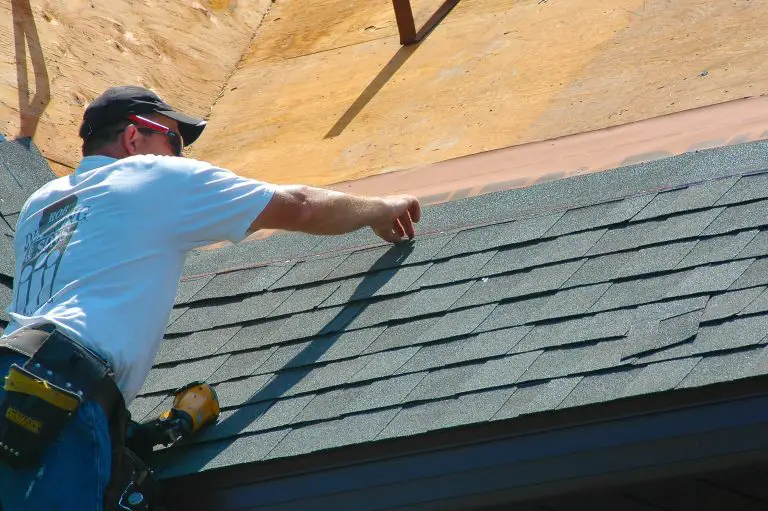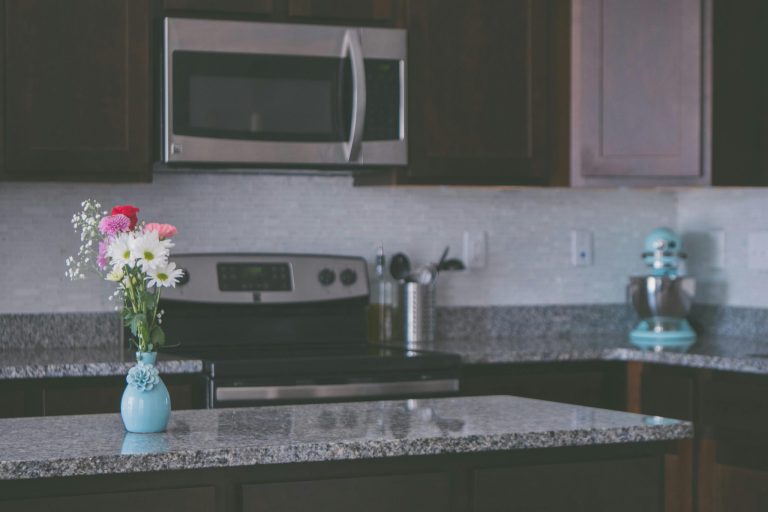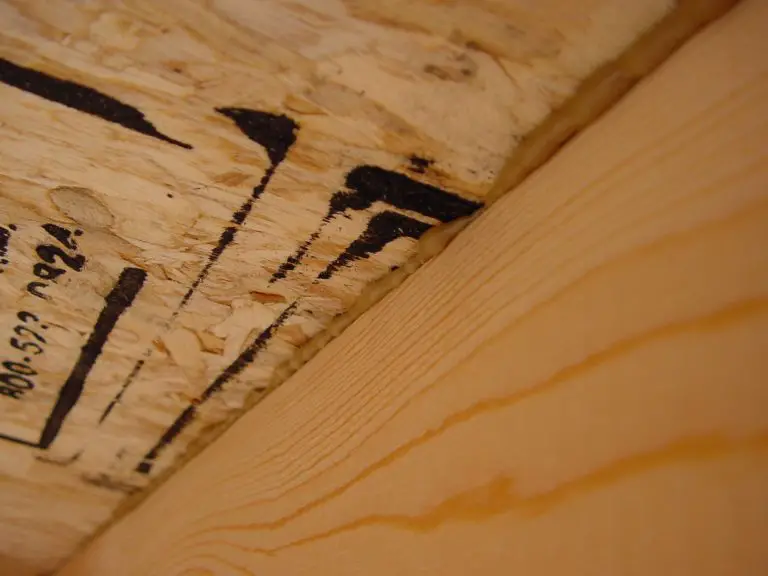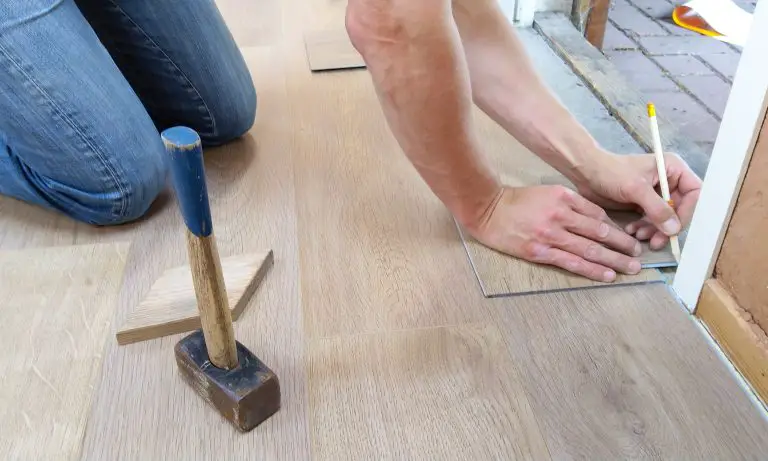
When searching for their dream home, many people focus on the house design and its location. However, due diligence is important when buying a house to ensure you get the best value for your money and save costs from early repairs. Beyond document verification, you need a thorough home inspection to verify the condition of the house and ensure it is worth its price tag. This article highlights four key areas to focus on in a home inspection before buying a house.
Determine the Roof Condition
The roof is one of the most important components of every home. It is the primary defense against the elements and affects your home’s insulation, so a good home must have a solid roof.
Roof damages have serious effects on a house. A damaged roof can lead to water damage, mold or moss infestation, and structural damage, threatening your safety and property. Roof repairs and replacements are very expensive. A poor roof can also affect your insurance coverage, as insurance companies charge higher premiums for poor roofs.
Considering this, it is best to avoid buying a house with roof issues. If you must buy the particular house, a good roof inspection increases your negotiating power. You can get a better price on the house or mandate roof restoration or replacements before finalizing the purchase.
Check for Structural Integrity
It’s important to look beyond the interior and exterior decorations, furniture, and space when inspecting a house. Take time to look at the house itself and determine how firmly it is standing.
Check the foundation for any sign of instability, like cracks or bowing, and ensure the foundation is firm and sturdy, and not shifting. Inspect exterior walls and siding to detect any gaps or cracks. Some people attempt to cover these traces before selling their homes, so get a professional to help you verify structural integrity to avoid buying a falling house.
Examine the interior walls, floors, and ceiling to detect traces of water damage. Any sign of mold, sagging, or unevenness might be an indication of water damage in the house.
Inspect the HVAC System
Examine the Heating, Cooling, and Ventilation (HVAC) system of a house during inspection. Your examination should go beyond checking whether the system turns on and off. Try to find out whether the system has a heating or cooling problem.
To determine the overall condition and efficiency of the system, it is necessary to check some important components such as the ductwork and heat exchanger. This will help you identify any leaks or corrosion in the system. If you’re not handy with the system, it is important to consult a professional to help out. Fixing or updating an HVAC system is an expense you don’t want to incur soon after purchasing a house.
Consider General Safety
Besides checking specific home features, consider the overall safety of the house. Check for pest infestation, such as rodents and termites. Living with such pests exposes your family to contamination and health issues. In addition, check for hazardous substances, such as lead paint, radon gas, and asbestos, especially in old homes. If the house has stairs, check the stairs and their railings to ensure they are sturdy and safe.
Endnote
Home inspection is an important step when buying a house, so you must be thorough. When inspecting a home, check out the roof, foundation, and structure, HVAC systems, and consider its general safety. You can bring in professionals during the inspection to ensure a thorough evaluation before purchase.












